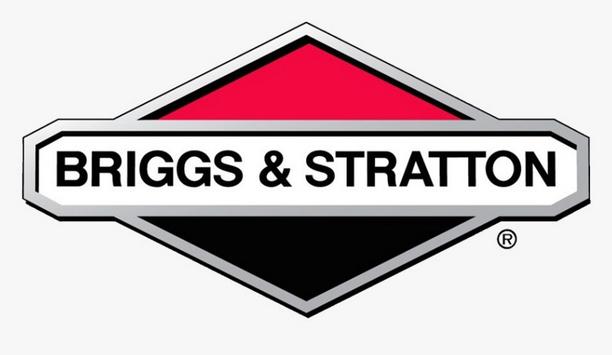As one of the UK’s pioneering providers of passive fire protection products, were keen to find out more about fire safety in England's different industries.
From retail to the food and beverage sector, are there any industries that stick out in terms of fire safety? And, building on that, are there certain workers disproportionately at risk from fires in their working environments?
Fire statistics
Using official fire statistics from the Home Office, investigated the number of primary fires in England by building type to determine the following:
 |
| The number of primary fires in England by building type |
Those with jobs in the industrial sector are the most likely to be affected by workplace fires. Those with jobs in the entertainment and agricultural sectors are much less likely to encounter a fire at work than those working in industrial and retail environments.
In contrast to the 'safest' industry—entertainment, culture, and sports—buildings in the industrial sector have fallen victim to 294% more fires since 2010. In fact, buildings classified to be used for 'entertainment, culture & sport' purposes—cinemas, bowling alleys, museums, etc.—have only had 7,276 fires in total (deliberate and accidental) since 2010. That’s roughly 293.68% less than the whopping 28,644 fires the industrial sector has encountered since 2010.
Explaining the trends
Products like fire seals and fire doors have to be installed and regularly checked
With all the regulations surrounding fire exits and fire safety in public buildings like cinemas and theaters, it is no wonder that buildings with entertainment purposes are the most fire-averse.
Due to strict regulations about fire safety audits and compliance, products like fire seals and fire doors have to be installed and regularly checked in building types like this. The same can be said for call centers and offices, too.
industrial sector
Of course, by nature, industrial buildings, such as factories and workshops, have a much greater likelihood of fire to begin with.
There is heavy machinery and electrical equipment, for one. However, the industrial sector must compensate for this to bring these figures down, investing more highly in practical solutions and passive fire protection to redress the balance.















